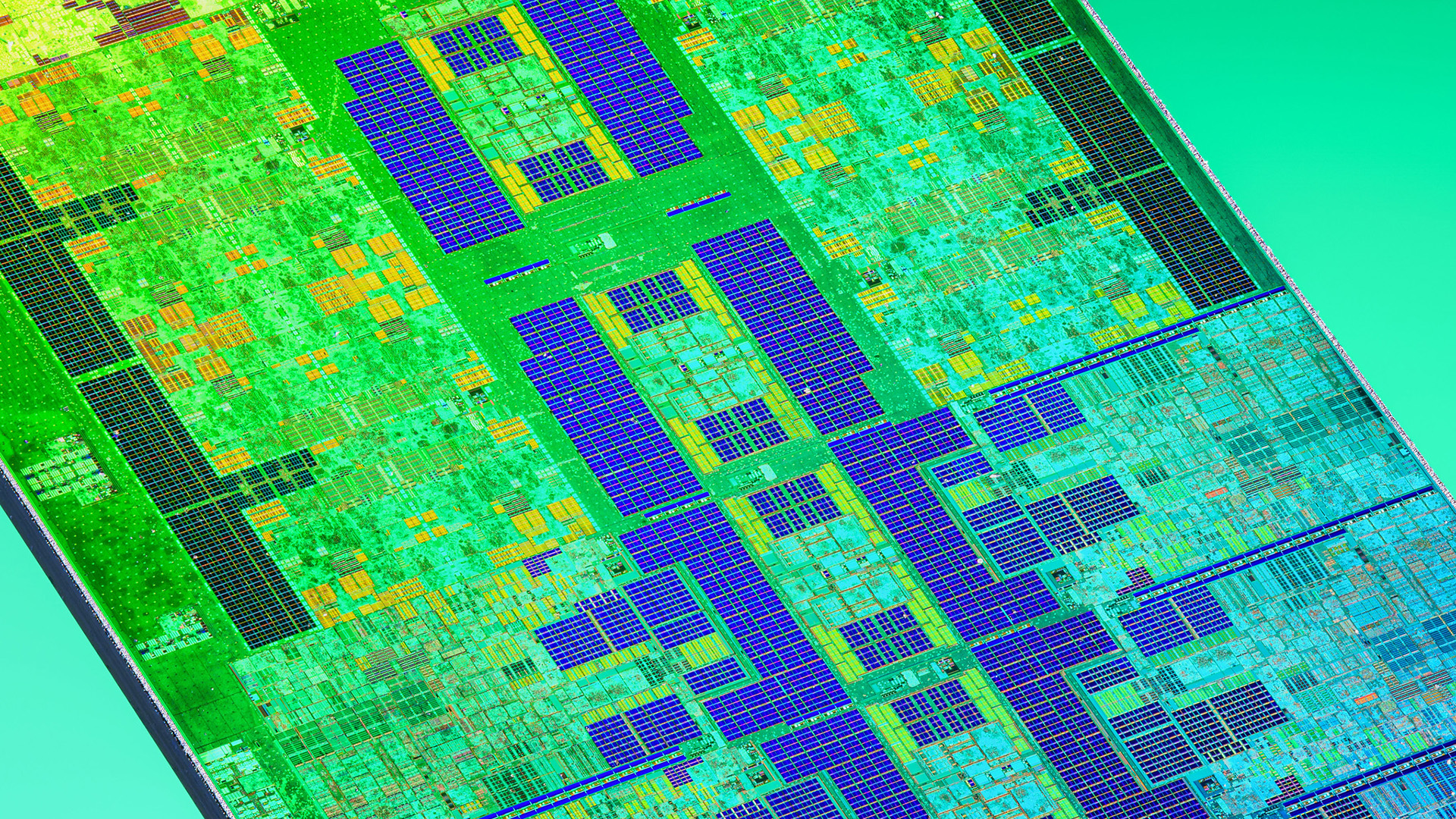
Intel has been using a hybrid design for its Core processors since it launched the 12th Generation in October 2021. Since then, we've had Core i5, i7, and i9 chips with P- and E-cores, plus low-end processors with just a couple of P or E-cores. With very little fanfare, Intel has launched a range of Raptor Lake CPUs (via HardwareLuxx) for the embedded market that have no E-cores in them—they're 100% P-cores.
Topping the new line-up is the Core i9 14901KE, with eight P-cores, a maximum clock of 5.8 GHz, and a TDP of 125 W. Basically, it's a 14900K with the entire E-core block, including its L3 cache, completely disabled.
However, there are a couple of other changes under the hood. There's no Thermal Velocity Boost and the base frequency of the 14901KE is 3.8 GHz—600 MHz higher than the 14900K. Intel's database doesn't say anything about higher power limits, so it could be the case that the 14901KE is capped at 125 W in all circumstances.
These are probably dies that have a significant number of defects in the E-core clusters so they could be chips that don't run stably when fully configured. In other words, the E-cores could be fully functional but when enabled, the die just can't run at the required frequencies. So rather than send them to landfill, the Efficiency core clusters are permanently deactivated and you're left with a chip that works well enough.
Given the problems Intel has been facing concerning the stability of its Raptor Lake chips, that would be a sensible decision to make for the embedded processor market. CPUs in that sector are used in industrial applications where the chip will be active for long periods and no company will want to spend lots of money constantly monitoring and maintaining the system.
Joining the 14901KE are the Core i9 14901E and 14901TE, which are the same processor but with lower speeds and power limits (65 and 45 W, respectively). Intel is also offering two Core i7 models that also have eight cores, but have smaller L3 cache sizes (33 MB instead of 36 MB) and slightly lower clocks than the aforementioned i9 chips.
Lastly, four Core i5 variants fill out the rest of the Raptor Lake embedded range—they all have 24 MB of L3 cache, but offer a variety of different clock speed and power limit configurations. The fastest is the 14501E, with a boost clock of 5.2 GHz and a TDP of 65 W) and the slowest is the 14401TE (4.5 GHz, 45 W).
Despite these being for embedded systems, you could put one into a gaming PC, as they all use the standard LGA1700 socket. Whether you'd want to is another matter, of course, but it would be interesting to see how they compared to AMD's Ryzen 7 7700X and Ryzen 5 7600X chips, as they're eight- and six-core processors, too.
At the moment, there's no word on how expensive Intel's E-less Raptor Lakes are and I've not seen any retailers offering them just yet. But if they're really cheap and you like enjoying the feeling of never knowing if your gaming PC isn't going to crash on you or not, then they could be worth a gamble.







